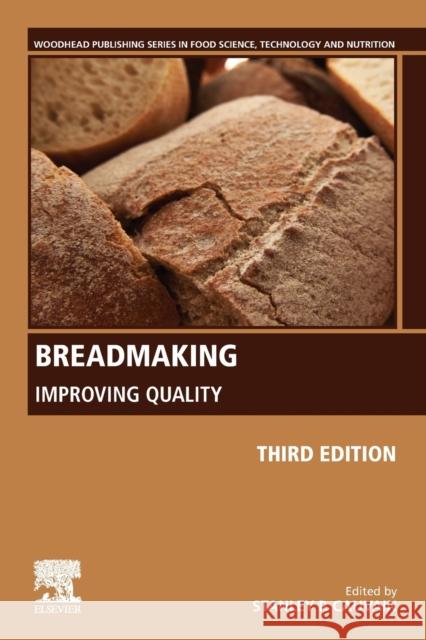Breadmaking: Improving Quality » książka
topmenu
Breadmaking: Improving Quality
ISBN-13: 9780081025192 / Angielski / Miękka / 2020 / 832 str.
Kategorie:
Kategorie BISAC:
Wydawca:
Woodhead Publishing
Seria wydawnicza:
Język:
Angielski
ISBN-13:
9780081025192
Rok wydania:
2020
Numer serii:
000904753
Ilość stron:
832
Waga:
1.00 kg
Wymiary:
22.86 x 15.24 x 3.89
Oprawa:
Miękka
Wolumenów:
01
Dodatkowe informacje:
Bibliografia











